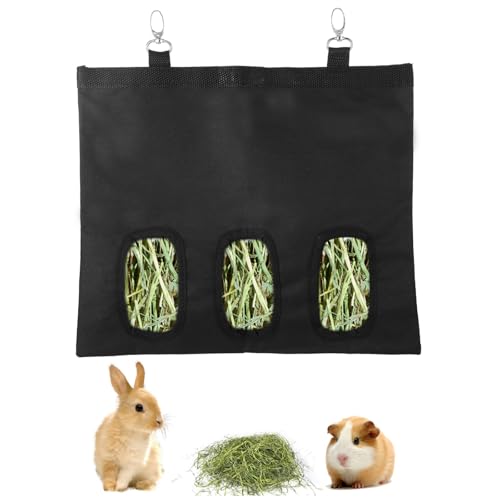From the one photo, the fawn rabbit looks like he has a bluish eye:

That would not be expected from a broken pattern, which would have a brown (dense color
D_) to grayish brown (dilute color
dd) eye, so I'm going along with Vienna marked as well, which will often give one or two blue eyes to a Vienna marked rabbit.
I've found that nestbox newborn colors are often the best way to tell color. Chestnut rabbits are usually born black with white inner ears, while self black rabbits are black with dark inner ears. Chocolate agouti are born chocolate with white inner ears, self chocolate are chocolate with dark inner ears. Opals are born blue (mid gray) with white inner ears, self blues are blue with blue inner ears. Lynx are born light chocolate with white inner ears, self lilacs are the same shade but with lilac inner ears.
Spotting shows up at birth on the skin, whether harlequin, tricolor, Vienna marked or broken.

White, ermine (frosty), Himalayan (pointed white), fawn, orange, and tort all are born pink. Within a week the hair will start to emerge, and you'll be able to tell white-coated from yellowish coats. By a week to ten days the points will start to show, so you can tell a self tort from an agouti fawn. When the eyes open at ten days you can be sure between an ermine with gray eyes and a Himi with red eyes. Red rabbits will also be born pink, but will be a darker shade of pink.
I've not raised sables, but I understand the color will look a little 'off'. The black will not be quite as black. Sables go through a variety of color changes before settling down to their final sable color.
@Alaska Satin has a great illustration of the color changes on the thread at
https://rabbittalk.com/threads/chinchilla-rex-at-last.36724/#post-355913 thanks
thanks

















































